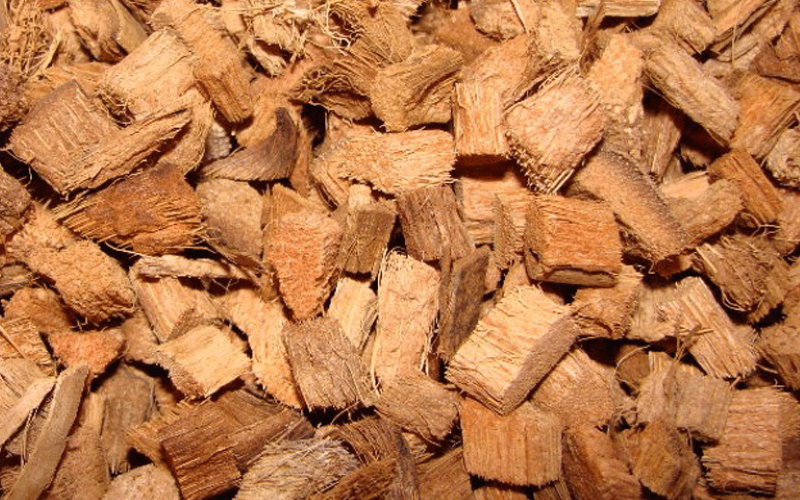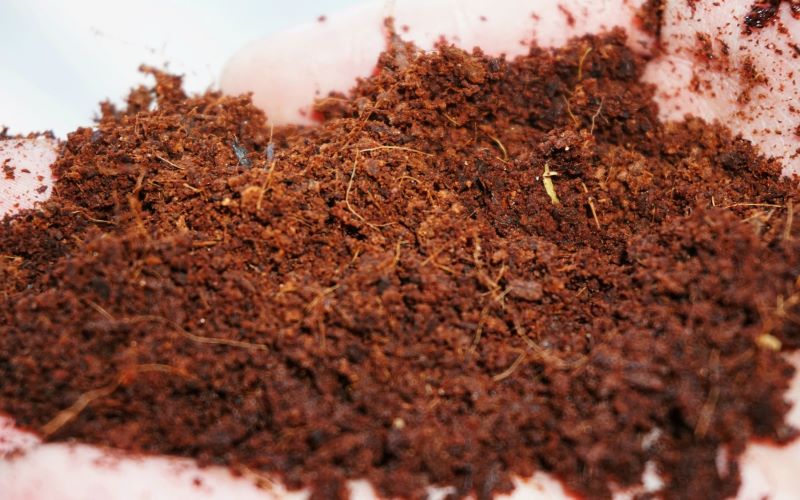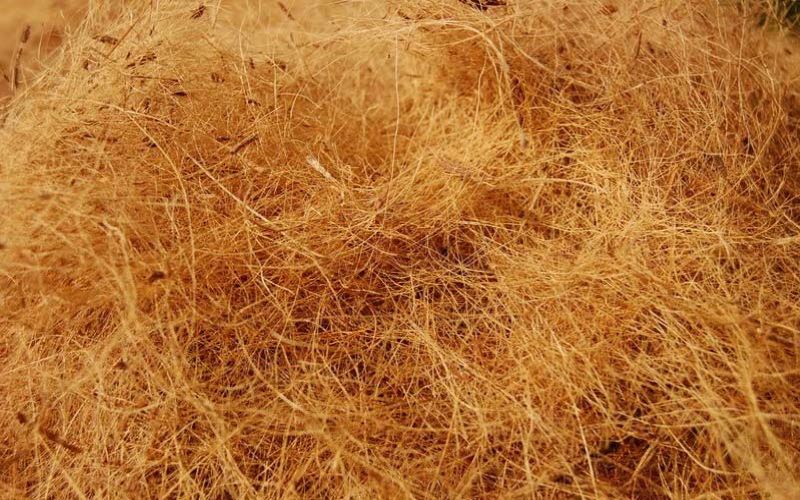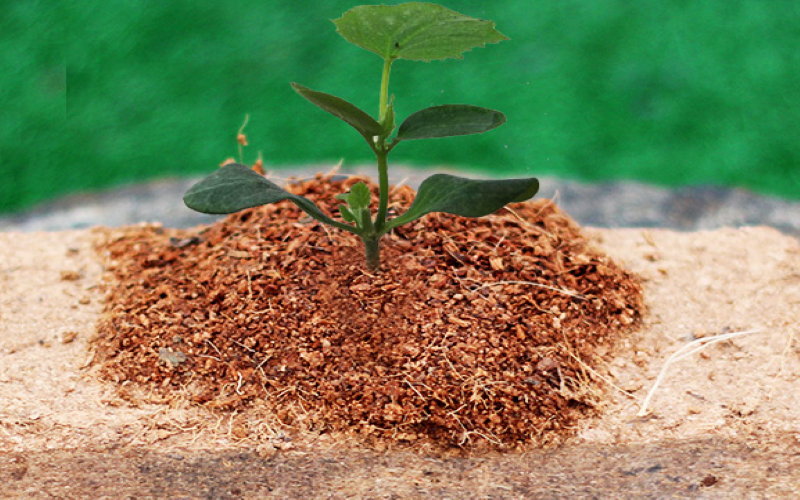What is coco coir? Everything about coco coir you need to know
What is coco coir? Everything about coco coir you need to know

When mentioning coconut, you may think that only the coco juice and meat can be used, while the husk or coir is just waste. However, the fact that the coco coir is becoming a more and more valuable commodity nowadays. In Vietnam, the coir industry is considered to be a billion-dollar industry because of many elements. So, what is coir, where is it derived, what benefits does it have…? Tropicoco Vietnam is going to help you answer these questions.
The origin of coir

In the past, while coconuts were planted for their savory juice and meat, their husk was thought to be a useless waste. All of the material from the coconut husk to the inner shell was a discarded thing. Gradually, people have realized that it has many uses in gardening and products.
Actually, coco coir is just a leftover byproduct of the coconut industry. It lies at the layer between the outer husk and the inner coconut. While the outer husk can be used for textiles, and coconut can be used for foodstuffs, the coco coir has different uses.
For instance, in agriculture, this leftover byproduct compacted into firm bricks is used for gardening. When compared to its counterpart – the peat moss, coco coir is better because of the renewable and sustainable feature.
Asia, especially Southeast Asia, is the derivation of almost coco coir. Besides, it can be seen in some countries such as India and Sri Lanka.
What is coco coir?

Everything between the inner shell and the outer coating of the coconut seed is called coco coir. It is the main part separated from the coconut husk or the whole part from the coconut husk. There are two colors of coir – brown and white. The brown coir, from ripe coconuts, is stronger but less flexible. On the other hand, the white one, from unripe coconuts, is more flexible but less strong. Most coir used is the brown.
Coco coir is a kind of natural material that has a lot of useful purposes in life. With farmers, it can be a replacement of soil because of some benefits, such as heat-retaining, water-storing, humidity-increasing, air-aerating, etc.
In addition, coir is commonly used as the main material in weaving coir mats. Furthermore, it also has many other effects when mixing with soil. such as: preventing erosion, preventing heat, increasing moisture, creating looseness, stimulating root growth.
How to make coco coir?
To have the coco coir for use, we have to extensively process it.
First, the coir must be removed from the coconuts. To do this, we soften the husks by steeping them in water. Then, we remove the husks from the water and have them dried for over a year. After extensively drying, the coir is constructed into packages. Then, these packages are chopped and made into various forms, such as: chips, croutons, classic ground coir, etc.
Besides, there are many other things about the coir-produced process which are optimal and effective for agricultural and horticultural use. It will be mentioned in the next topics.
Some types of coco coir
Coco peat
The coco peat is actually the ground coco husk. Its look is rather similar to the peat moss. The peat of coconuts is used as a nutrient ingredient of growing media. However, you must treat it properly if you do not want your plant to be killed by the salt made from untreated peat. Hence, choosing a trustworthy and experienced coco coir manufacturer, as Tropicoco Vietnam, is very crucial.
Coco fiber

Coco fiber helps your growing media looser. It is not as absorbent as the peat, but it is good because every growing media always needs looseness to provide oxygen to the root zone. However, coconut fiber can break down quickly, which means the looseness created will decrease too.
Coco chips
Coconut chips are fundamentally a natural kind of expanded clay bullet. They are created from plant matter and are considered as the combination between coco coir and peat. Their size is not only massive enough to manufacture looseness, but also water-absorbing which helps your plants reserve water sufficiently.
Some advantages of coco coir
Coco coir gardening is as good as soil gardening
Growing plants in coco coir is pretty similar to growing in soil. You can have a totally hydroponic garden that looks nearly the same to a soil garden. The difference between coir garden and soil one is about the water used. While the soil garden just needs the normal water, the coir garden has to be watered with some kinds of water rich in nutrients.
Retaining moisture
Coco coir is one of the most effective water-reserving growing media. It can retain 10 times as much water as other materials. It means the root zone of your plants will never get dried out. Besides, there are also many coir growing media for roots to work and develop healthily.
Coco coir is good for environment

It is clear that peat moss is one of the significant factors of polluting the environment. When it comes to coconut coir, it does not have these problems. Unlike peat moss, you can reuse coir many times without breaking down over time. It can also be a recycled waste product from a renewable resource – a great benefit of coir.
Preventing harmful insects
Most harmful garden insects are not keen on settling in coconut coir. Therefore, the coir of coconut will be an incredible “defender” for your garden’s management system.
Less complex and more economical than Traditional hydroponics
Coir will be incredibly fit for you if you are not acquainted with hydroponics growing. With coir, you can practice some fundamental knowledge of hydroponic gardening without taking money to build a hydroponic system and maintain it when required.
Conclusion
Tropicoco Vietnam has just introduced some basic information about the coco coir to you. Used to be considered as a useless leftover product, the coir actually has many uses and benefits which make it become one of the most valuable made-from-coconut goods in Vietnam. If you are looking for a high-quality and trustworthy supplier of coir and peat, you can contact us immediately.
Contact information
Tropicoco – The best substrate
Address: No.20 Ngan Long Villa, Nguyen Huu Tho street, Nha Be dist, Ho Chi Minh City
Email: giathe@tropical.vn
Hotline: +84 983230879
Open Hours: Mon-Sat: 8.00AM-5.00PM; Sunday: Closed

